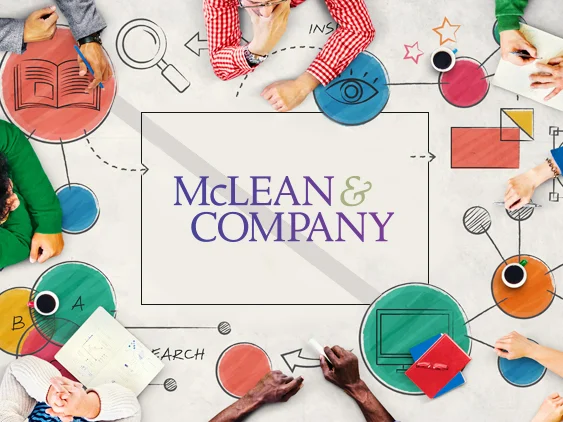McLean & Company’s new research suggests that intentional employee sponsorship leads to DEI success and improves leadership retention and engagement.
By HRTech Series News Desk
In the future of work, top priorities for organisations will involve developing leaders, enhancing innovation, and fostering an environment of diversity, equity, and inclusion (DEI). However, there is often a disconnect between talent management programs that build future leaders and the stated commitment to DEI, McLean & Company highlights in its new blueprint, Build an Employee Sponsorship Program.
“Leadership representation gaps will not resolve themselves and individual-level solutions are not enough for meaningful change to happen,” says Elysca Fernandes, director of HR Research and Advisory Services at McLean & Company. “Employee sponsorship exists across a spectrum of formality. Informal sponsorship approaches, though important for career development and maintaining networks, risk perpetuating the status quo and lack of leadership diversity. Formal sponsorship goes a step beyond in addressing organisational-level barriers.”
McLean & Company’s research explains that informal sponsorship relationships form organically, without prompting from the organisation, but can risk perpetuating existing barriers to career advancement for underrepresented groups. For example, informal sponsorship is prone to affinity bias, where leaders gravitate toward people in their networks who share similarities with themselves. In turn, this perpetuates gaps in visibility to executive leadership and promotion rates of women, especially Black women, Indigenous women, and women of colour, to leadership positions.
Latest Hrtech Interview Insights: HRTech Interview with Lavonne Monroe, VP of Global Talent Acquisition and Onboarding at HPE
Formal sponsorship programs that are rooted in program goals address representation gaps in leadership, target career advancement barriers contributing to those gaps, and provide improved career pathing clarity and support for employees to succeed authentically as they are. The program design sets the duration and clear expectations for sponsorship relationships, allowing for more intentional selection of candidates and relationship matching. In this way, organisations can provide meaningful support to employees who are currently underrepresented in leadership and face career advancement barriers.
To assist HR leaders in designing, implementing, monitoring, and iterating a formal sponsorship program, McLean & Company has created a three-step process they can follow. This process can be found in the full blueprint and is outlined below:
- Step one: Establish the need for sponsorship.
The first step guides the evaluation of the organisation’s level of readiness and need for a formal sponsorship program, the appointment of a core project team and additional key players, the identification of employee segments to prioritise for sponsored candidates, and the translation of the need for sponsorship into program goals and metrics.
- Step two: Design the sponsorship program.
The second step walks HR leaders through reviewing constraints that impact the program, establishing the program structure, defining sponsorship expectations, and specifying key sponsorship relationship milestones. Step two also includes program participant sourcing methods, determining selection and matching criteria, and opportunities for technology to enable program success.
- Step three: Implement and monitor the program.
The third and final step in the firm’s recommended process supports the development of a program action plan, risk mitigation, and the creation of a communication plan. This step also includes selecting and matching program participants, providing training and resources to prepare participants, and monitoring and iterating the sponsorship program as needed.
McLean & Company advises that sponsorship cannot be a one-size-fits-all solution, as each employee segment has a distinct employee experience and faces different barriers to advancement. Using an intersectional lens and customising the sponsorship program to reflect the unique needs of each employee segment is critical for maximising the benefits of participation.
The firm also reminds HR leaders to be aware of assumptions made on behalf of underrepresented groups, as the meaningful inclusion of employee representatives from across the organisation is key to ensure the sponsorship program is centred on the real experiences and addresses actual barriers to growth rather than being performative and ineffective.
Browse The Complete Interview About Hrtech : HRTech Interview with Tommy Barav, Founder and CEO at timeOS
[To share your insights with us, please write to pghosh@itechseries.com ]

